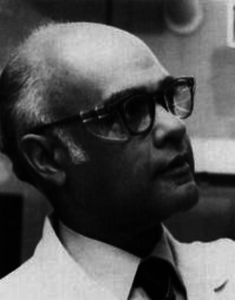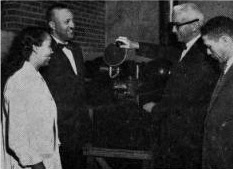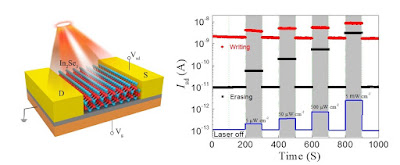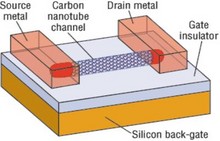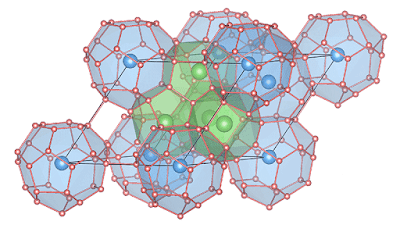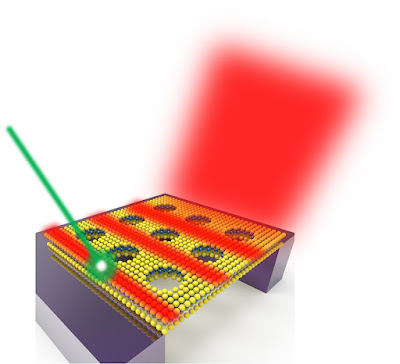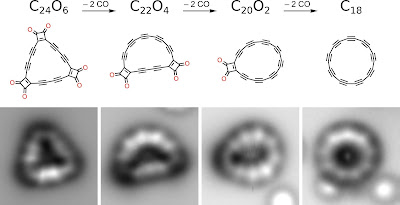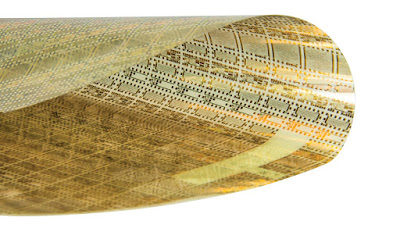 |
| Image Source: Disruption Hub (link below) |
Topics: African Americans, Diversity, Diversity in Science, Nanotechnology
In the 1950s, physicist Richard Feynman suggested that more could be learned about materials by reducing them to their smallest possible form. This idea laid the foundations for nanotechnology – the study of matter at an atomic or molecular level. Almost 70 years down the line, however, and the field is still in the developmental stages. Nonetheless, the disruptive potential of nanotechnology is so vast that it’s well worth being aware of the technology’s trajectory. The research area is now a broad umbrella term for numerous different branches and projects. But what does it mean for businesses, and what are the obstacles to adoption?
Any technological advance is a disruption. We get the term Luddites from essentially a backlash to economic conditions in England brought on by endless war with France:
The Luddite disturbances started in circumstances at least superficially similar to our own. British working families at the start of the 19th century were enduring economic upheaval and widespread unemployment. A seemingly endless war against Napoleon’s France had brought “the hard pinch of poverty,” wrote Yorkshire historian Frank Peel, to homes “where it had hitherto been a stranger.” Food was scarce and rapidly becoming more costly. Then, on March 11, 1811, in Nottingham, a textile manufacturing center, British troops broke up a crowd of protesters demanding more work and better wages.
That night, angry workers smashed textile machinery in a nearby village. Similar attacks occurred nightly at first, then sporadically, and then in waves, eventually spreading across a 70-mile swath of northern England from Loughborough in the south to Wakefield in the north. Fearing a national movement, the government soon positioned thousands of soldiers to defend factories. Parliament passed a measure to make machine-breaking a capital offense.
But the Luddites were neither as organized nor as dangerous as authorities believed. They set some factories on fire, but mainly they confined themselves to breaking machines. In truth, they inflicted less violence than they encountered. In one of the bloodiest incidents, in April 1812, some 2,000 protesters mobbed a mill near Manchester. The owner ordered his men to fire into the crowd, killing at least 3 and wounding 18. Soldiers killed at least 5 more the next day.
The Internet is an example of technology causing displacement and disruption. The initial lament of the "Information Superhighway" was that communities of color would be cut out because of fiber optics and technological infrastructure. That is mostly true, particularly in rural areas, but the Caveat Emptor I posted about in 2016 is the technology is enabling higher income inequality, thereby frustrations that savvy demagogues take advantage of, without a thought of solving. Some have compensated with the supercomputers in their hip pockets known as smart phones, also a byproduct of nanotechnology.
So, what is nanotechnology? Since I've spent the last 2.5 years completing a Masters and Pursuing a Ph.D. in it, here's my layman's definition of it:
Nanotechnology is anything at the nanoscale, or at 10-9 = 0.000000001 meters. Strange things occur at this scale that would shock you. Gold for example is not yellow: it's blue at some frequencies. It is manipulation of matter at this scale, which is a broad term because it's not just electronics: it's atomic, biological, chemical, molecular and supramolecular engineering to create machines, mechanisms and systems that don't precisely follow macroscopic (where WE are) material rules. Nanoscience is observation and theory at that scale; Nanoengineering is using material specifically at that scale to practical ends.
Stating the above, it's not trivial. You find you have better talents; mine in physics and materials, for example. Some have a background in chemistry and find themselves struggling in computer programming, which they never had to concentrate on, or resources for a proper programming facility in their home countries were scarce. The need to look at it from several angles and be "jack of all trades" is taxing, in a personal admittance.
My observation is: there are a lot of people of color in it, they're just not from the United States. I have as I've stated, many friends from Bangladesh, Chad, China, Korea, India, Iran, Nigeria, Sri Lanka; Sudan I was one of four African Americans (ahem: and the oldest) in the 2017 entering class, there was one in the 2018 class and a married couple from Durham that commutes to Greensboro in the 2019 class. It's slim pickings.
I'm not a xenophobe, but the STEM curriculum in the U.S. at the moment if any introduction is made at all points all students from all cultural backgrounds to the standard science and engineering fields: biology, chemistry, physics; architectural engineering, biological engineering, chemical engineering, engineering physics, industrial engineering, mechanical engineering, etc.
So, I'm going to take the month to talk about nanotechnology and people of color, as any technological disruption can be a source of opportunity or another exacerbation of the income inequality we've endured since Plymouth Rock.
I hope it's an introduction to some, an inspiration for others and a continuation to a few already in the area working on the next new thing hopefully beneficial to mankind.
When most people hear the term 'nanotechnology,' they probably think 'microscopic robots' because that is what has been popularized in the movies and television. We're not there yet. Not even close. But there are exciting developments in this new frontier that have the potential to greatly increase human comfort and improve needed products.
Some nanotech products are available today in a number of interesting applications:
Bumpers on cars
Paints and coatings to protect against corrosion, scratches and radiation
Protective and glare-reducing coatings for eyeglasses and cars
Metal-cutting tools
Sunscreens and cosmetics
Longer-lasting tennis balls
Light-weight, stronger tennis rackets
Stain-free clothing and mattresses
Dental-bonding agent
Burn and wound dressings
Ink
Automobile catalytic converters.
Nanotechnology is the manipulation of very small things for practical uses. More specifically, nanotechnology is the science and technology of precisely controlling the structure of matter at the molecular level. Nanotech is widely viewed as the most significant technological frontier currently being explored.
How Will Nanotechnology Affect the African American Community?
Nanotech products will help everyone and could provide unique investment opportunities for African Americans. Some might ask, why does this have to be a racial issue? Historically, blacks have not been allowed to freely participate in free markets for centuries, so we are just a little behind in capitalist development activities (to put it mildly). So new technological frontiers offer potential avenues for blacks to get a foothold. We have yet to make our most incredible discoveries and freed African American imaginations freely participating in the marketplace could be invaluable in nanotechnology development. Already, more than 1,700 companies in 34 nations reportedly are pursuing the commercial promise of nanotechnology. Hopefully, big money investors such as Oprah Winfrey, Bill Cosby, Russell Simmons, Jay-Z and others will take a look at nanotechnology and support entrepreneurs in this area.
African American Environmentalist Association: Nanotechnology
